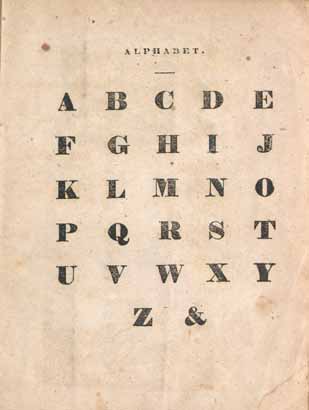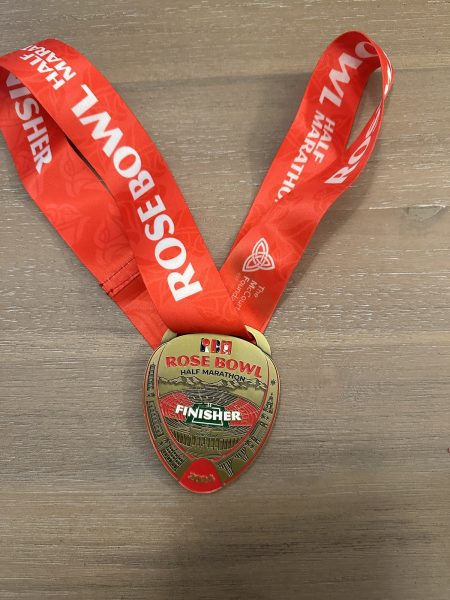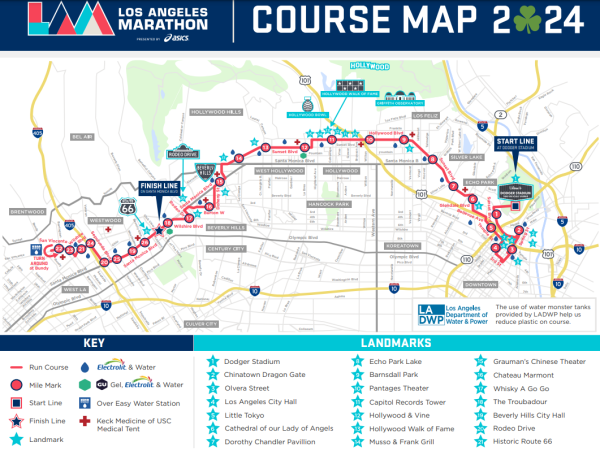Lost Letters of the Alphabet

May 5, 2015
“I would have lost that question on Trivia Crack,” said Harshal Vaza (10).
Yes, yes he would.
Everything you thought you knew about life is about to be drastically altered. Brace yourself. Here it is: there was once more than 26 letters in the alphabet.
Shocking, right? The Anglo Saxons, the ancestors of the modern day British, had a few extra letters to the alphabet: the Thorn, and the Wynn. The thorn kind of looks like a runic way of writing Pb, and it was used to represent the ‘th’ sound. The Wynn, which looks a little bit like Dp, was used as another way to write the letter w.
How did the Thorn and Wynn get lost, though? It’s because of the printing press. When the printing press was created in the 16th century, it didn’t include these native English letters, so the English printers had to make due they had, and they stopped using those letters.
However, there is one lost letter of the alphabet that we still use today, the ampersand. It looks like this: &, and is used to replace the word ‘and’. It was originally the 27th letter of the alphabet, and got its name because of how students would sing the alphabet. They would say, “X, Y, Z, and, per se, and. per se is Latin for “by itself”. When students would sing the alphabet, they would often mumble the ‘and, per se, and’ part into ampersand, so the symbol was eventually called the ampersand.
The ampersand was dropped from the alphabet in the mid-1800’s, most likely because of the popularity of the alphabet song, which was copyrighted in 1835. The memory of the ampersand lives on, though. Texters everywhere use this symbol to shorten texts, & that is a very important job indeed.





















